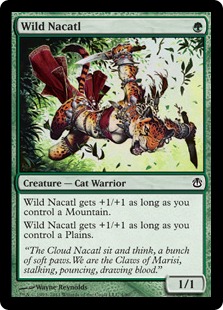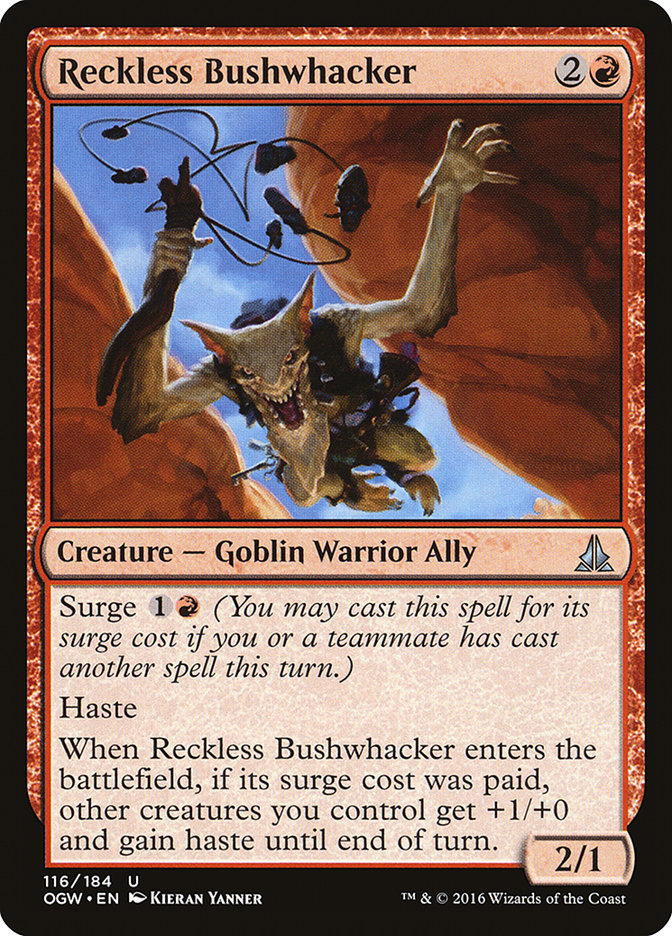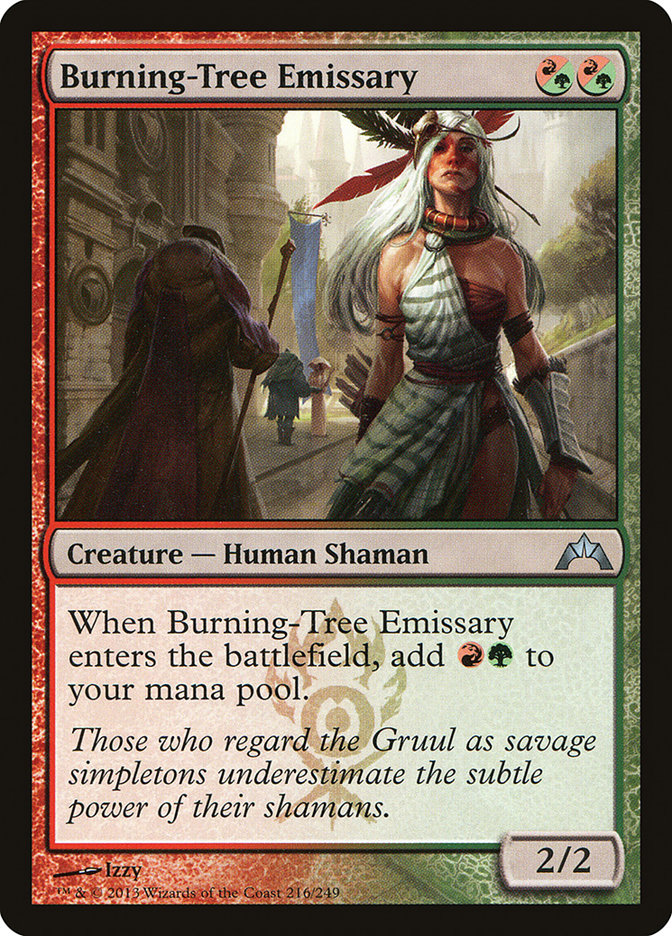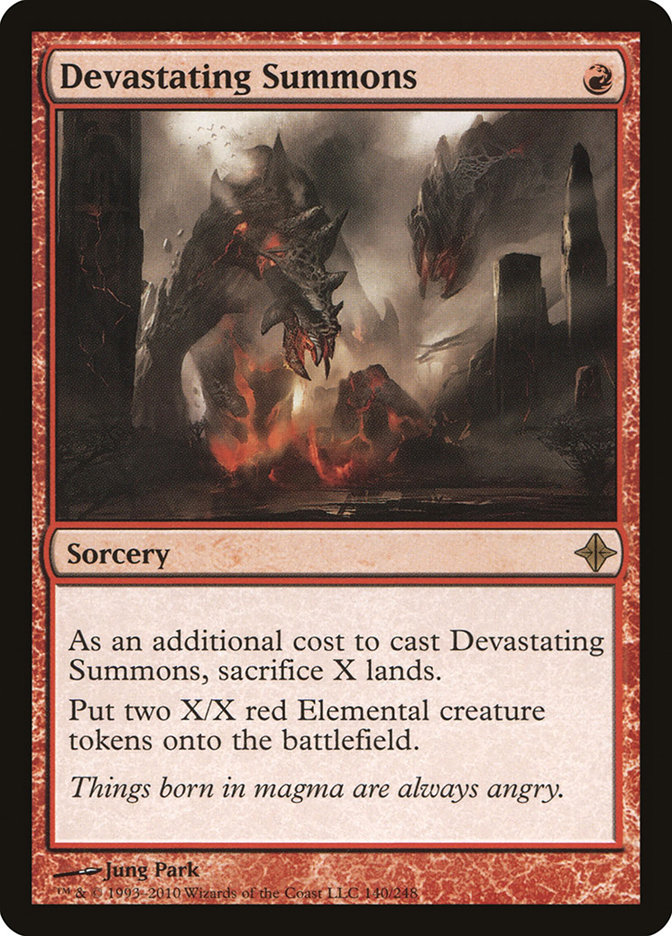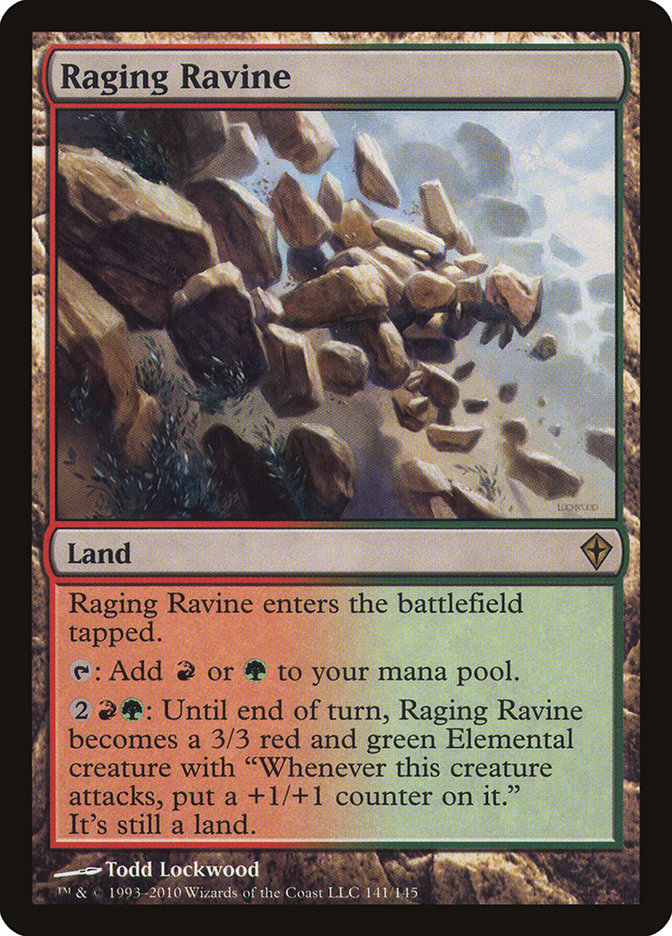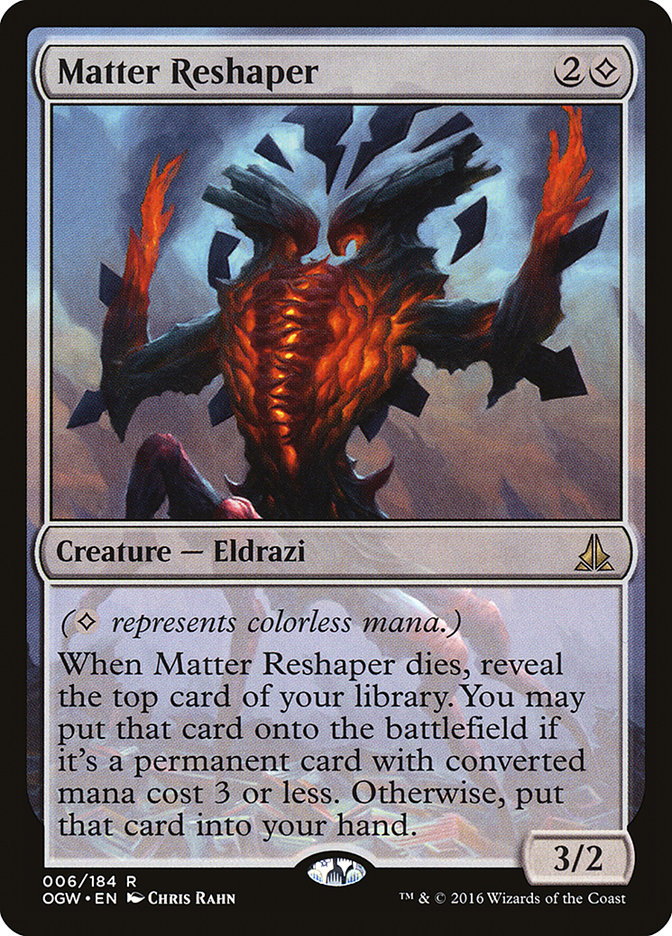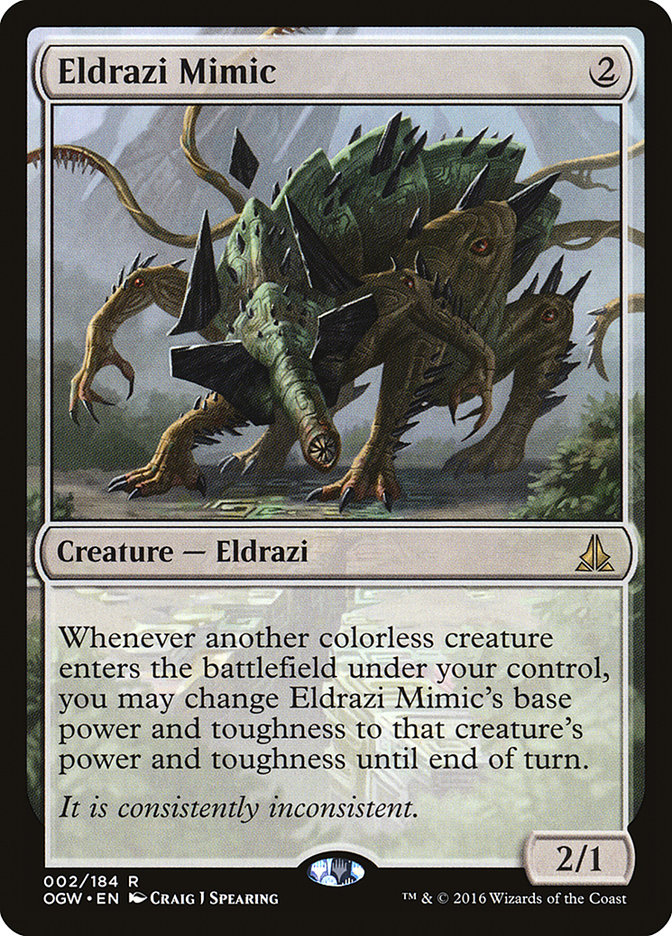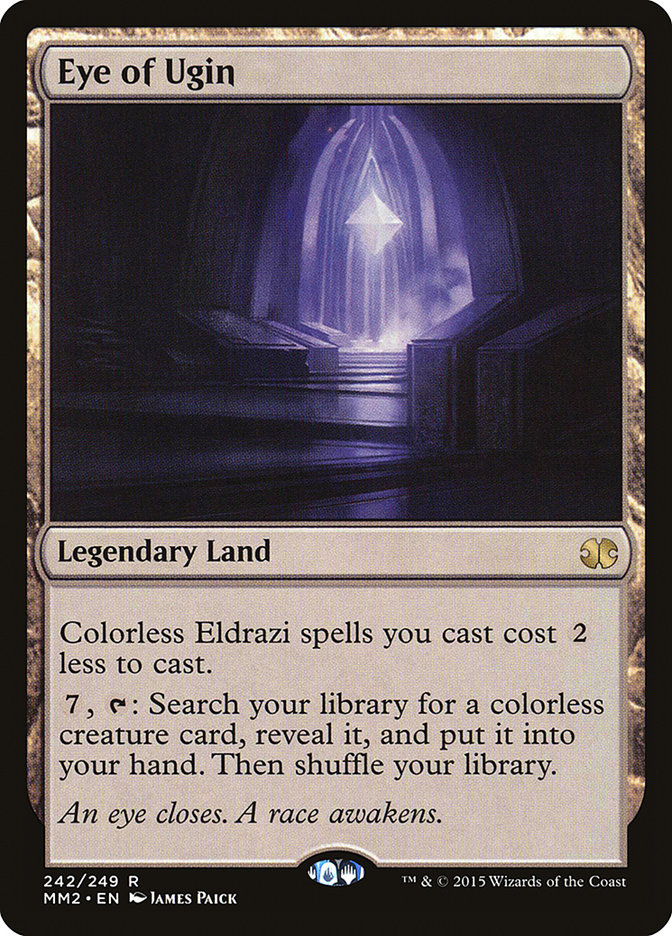There are limitless adages regarding the importance of mere moments in one’s life. Most come from the real world. Many could be attributed to Magic. Sometimes, the lines between the two are completely blurred.
I would consider myself far more blessed than cursed to say this has recently become true for me.
I’ve faced a lot of failure of in Magic. I spent the entire 2015 season doing little but lose, and it will never be clear to me whether I would have taken an extended break from Magic had not some bizarre perfect storm culminated in Grand Prix San Diego.
For whatever reason, winning has been a lot easier since then. Maybe it’s true that hot streaks are a real thing. What I’d like to believe is that my perspective and process have improved dramatically. Magic tournaments are just some number of hours that I get to play each day, and until the rounds are over I simply try to make the best decisions I can and see how the pieces fall.
Pro Tours feel different, though. Each one has massive implications for acquiring player status through Pro Points during the year, and missing even a single event is close to a death sentence for reaching the higher levels of the club.
Due to the fact that I performed so poorly in 2015, I wouldn’t be given any freebies despite the beginning of this season going so well. As a result, with 22 Pro Points and no additional invites, I would still be fighting for an x-5 finish at Pro Tour Oath of the Gatewatch to not only enter the next Pro Tour but simultaneously lock up Gold status for the following year as well.
Despite the great pressure exuded by the Pro Tour, we didn’t do a lot of testing for #PTOGW. One factor was the inevitability of the ensuing Modern banned list. Further, Modern is a tough nut to crack, and if you want to explore the format extensively, it requires a large number of folks and hours working in tandem to get a grasp of the wide variety of matchups.
Team Blitz was significantly smaller this go-around, and as a result Modern testing didn’t occur much except for on Magic Online until Steve Rubin and Seth Manfield arrived in Roanoke following #GPVAN. Once they did, I was more-or-less content to play as the enemy against a few different strategies. To make a long story short, Steve’s Zoo deck really impressed me.
What’s more important is that over the past year Steve has really impressed me, both as a Magic player and as a person. As a result, I jumped on the opportunity to stick him in my car en route to Atlanta on Wednesday so that he, Seth, and I could discuss Zoo for the better part of six hours.
When all was said and done, here’s the list I played:
Creatures (28)
- 4 Kird Ape
- 4 Tarmogoyf
- 4 Wild Nacatl
- 4 Goblin Guide
- 4 Burning-Tree Emissary
- 4 Experiment One
- 4 Reckless Bushwhacker
Lands (20)
Spells (12)

I believe Steve and I played the exact same 75, while Seth played a list just a few cards different.
You may recall that I swore I would never register Wild Nacatl again after my winless fiasco at Grand Prix Pittsburgh with Zoo.
Yes, I reneged, but there are three major factors at play: The format was and is completely different following the banning of Splinter Twin and Summer Bloom, my list was hilariously untuned in Pittsburgh, and Reckless Bushwhacker is a messed-up Magic card.
Let me set the tone for Modern in a world where CFB/FtF and East West Bowl haven’t completely broken the format and we aren’t expecting an Eldrazi ban. Without Splinter Twin there is no “fun police” and turn 3 and 4 decks run rampant.
While decks like Affinity, Infect, and Burn can be particularly vulnerable to sideboard cards, it’s fairly difficult to “hate out” a deck that is simply interested in playing a bunch of cheap cards with great rates. Further, Zoo in the past was capable of killing on turn 4, but with Reckless Bushwhacker that kill speed is far more consistent and can range into turn 3 territory.
The combination of Burning-Tree Emissary and Reckless Bushwhacker is incredibly powerful. The new Ally is capable of enabling attacks for eight on turn 2 with simply a “decent” draw, and the ceiling only gets higher from there. If I ever won the die roll and had two lands, a one-drop, and the two aforementioned cards, I felt like I could never lose. That is the reality of the new Modern format, even aside from the fact that it is now subject to our new Eldrazi overlords.
When you are able to couple these incredibly explosive draws, “free wins,” and the powerful white sideboard cards like Stony Silence, I had faith that Steve had a winning recipe despite my own prejudices towards Zoo decks in general.
What I did know was that being proactive in Pro Tours is incredibly important, and with the predication of impending degeneracy that was #PTOGW, I really wanted to be on the side that was able to nut-draw my opponents frequently if fortune shined brightly.
One of the most interesting cards in our 75 was Devastating Summons. In testing, this card had me rather intrigued. There were several games playing against Steve where I was wielding a Jund deck, had exhausted the majority of his resources, and found myself at twelve with an active Raging Ravine and staring down a card or two, only to die on the following turn to an “all-in” Devastating Summons + Reckless Bushwhacker combination.
Not only is this combo an effective way to fight flooding and attrition matchups, it also gives Zoo another piece to power up its goldfish potential. Further, there were several matches in the tournament where I was able to take a more controlling stance, manage the early game, and then burst down my opponent with the combination, cutting their life total in half or more and effectively ending the game on the spot.
Simply, Devastating Summons and Reckless Bushwhacker give Zoo an additional element of an even more powerful “best draw” coupled with an explosive combo kill.
A Rough Start
My tournament started in a disappointing manner. My first draft deck was of the incredibly medium variety where I was perfectly capable of a 1-2 or 2-1 finish depending on how things fell, and I was unable to be realistically upset with either result. Despite this, when the former was my record after three rounds, it was certainly difficult to be optimistic about the rest of my tournament.
Fortunately, while I was stuck in the dregs of the event hall, most of the Eldrazi pilots had risen to the top. I was able to run the table in Modern to leave myself in a fine position at 6-2 at the end of first day of competition with complete confidence in my deck choice.
Fast forward 24 hours later, I entered Round 16 in the most stressful of situations. At 10-5 I was competing for some silly number of thousands of dollars in cash, Pro Point equity, and six plane tickets.
I’ve played some high-pressure matches of Magic before, but never one where if I win, I receive six Pro Tour invites, and if I lose, I receive (virtually) nothing.
Despite myself and a fairly bad play in the second game, I was able to win the match after my deck showed pity on me in the third game with a string of excellent draws.
Just like that, I had gone there and back again from Gold to nothing to Gold again in six months. While nearly two years ago I mostly took my similar success for granted, I’m still eyeing Platinum, but through making sensible decisions and watching my points increase slowly every tournament rather than through outlandish bravado.
I couldn’t be happier that I got to do it in the city of Atlanta again, surrounded by friends and supporters.
Let’s Be Honest About Modern
It’s pretty clear that the Eldrazi decks are broken. With no true “spell-based” combo to keep the creature deck in check, their pure efficiency, explosive power, and a few well-timed pieces of interaction make the Eldrazi deck a fairly unreasonable strategy.
The good news is that while Team CFB/FtF may have had the objectively best deck for the tournament, specifically with their innovation towards Simian Spirit Guide and maindeck Chalice of the Void, the pivot towards the latter is rather poor in the Eldrazi mirrors, as can be seen by Jiachen Tao’s victory with U/R Eldrazi.
Creatures (33)
- 4 Drowner of Hope
- 4 Endless One
- 4 Eldrazi Skyspawner
- 2 Ruination Guide
- 4 Vile Aggregate
- 4 Eldrazi Mimic
- 3 Eldrazi Obligator
- 4 Reality Smasher
- 4 Thought-Knot Seer
Lands (24)
Spells (3)

I think Zoo is fairly capable of keeping pace with the Eldrazi decks when it doesn’t have to fight through Chalice of the Void. While it’s difficult to defend playing a deck other than Eldrazi until it gets banned in a few short months, I certainly don’t believe Zoo to be a bad choice, and I actively think it will be a great one following the removal of Eldrazi from the format.
How to Beat Them
As for effective ways to fight Eldrazi decks, it’s actually difficult to say. Attacking their mana is only marginal, as they are so fast and effective at deploying threats before the likes of Molten Rain gets online. Their creatures are also quite large and generally resilient to commonly played removal like Lightning Bolt, Path to Exile, and Abrupt Decay.
Unless there is some movement toward a well-tuned Jeskai or Grixis deck capable of killing all of their creatures while also not being completely throttled by Chalice of the Void, it would appear the best option would simply be to try to get under them with the likes of Affinity, Infect, or Zoo.
I certainly can’t hold a grudge towards the format as it treated me well this past weekend, but I certainly don’t remain optimistic for its health in the long term once the “wow-factor” of draft commons dominating a non-rotating format goes away.
Regardless, Wizards succeeded by shaping a Modern Pro Tour in a way that their newest set would be the star, which is a huge triumph from a coverage standpoint.
While many competitors may not remember #PTOGW fondly, as it represented their Reality getting Smashed by the more prepared teams, I think it’s safe to say that I’ll fondly look back on it as the tournament that reignited my professional Magic career.


